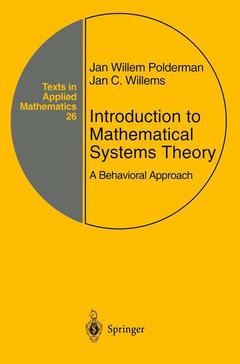Mathematics is playing an ever more important role in the physical and biological sciences, provoking a blurring of boundaries between scientific disciplines and a resurgence of interest in the modem as well as the classical techniques of applied mathematics. This renewal of interest,both in research and teaching, has led to the establishment of the series: Texts in Applied Mathematics (TAM). The developmentof new courses is a natural consequenceof a high level of excite ment on the research frontier as newer techniques, such as numerical and symbolic computersystems,dynamicalsystems,and chaos, mix with and reinforce the tradi tional methods of applied mathematics. Thus, the purpose of this textbook series is to meet the current and future needs of these advances and encourage the teaching of new courses. TAM will publish textbookssuitable for use in advancedundergraduate and begin ning graduate courses, and will complement the Applied Mathematical Seiences (AMS) series, which will focus on advanced textbooks and research level mono graphs. Preface Tbe purpose of this preface is twofold. Firstly, to give an informal historical in troduction to the subject area of this book, Systems and Control , and secondly, to explain the philosophy of the approach to this subject taken in this book and to outline the topics that will be covered.

